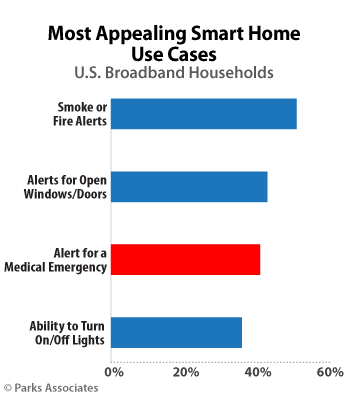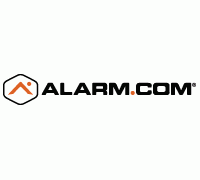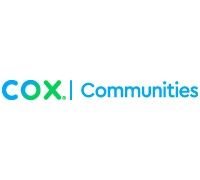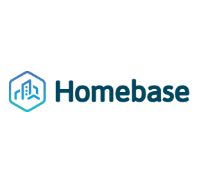Wednesday, July 29, 2015
Digital Health and Smart Home Crossover Opportunities
 The connected health market represents several interesting use cases that cross the smart home industry. Consumers spend less than 1% of their time interacting with the healthcare system. Home, on the other hand, is where consumers spend most time with their family, care for themselves and others, and enjoy life—all experiences that impact health and wellbeing.
The connected health market represents several interesting use cases that cross the smart home industry. Consumers spend less than 1% of their time interacting with the healthcare system. Home, on the other hand, is where consumers spend most time with their family, care for themselves and others, and enjoy life—all experiences that impact health and wellbeing.
With broadband Internet connection to the home and an explosive number of IoT applications springing up, consumers now have the opportunity to stay in the comfort of their home to receive care that traditionally required leaving the home. Specific examples related to health and wellbeing include the following:
-
Remote Health Monitoring: Instead of going to a clinic for a checkup, a doctor can use remote monitoring technology to diagnose conditions, offer advice on preventive care, or provide feedback to those recently hospitalized and now in the rehab process.
-
In-home Personal Trainers: Traditional gym or weight loss programs based on face-to-face meetings appeal to consumers because of the personal touch and companionship benefit added to their experience. With connected fitness devices and apps, however, consumers can stay home and exercise to instructions from a virtual trainer or follow a real trainer via live or on-demand video streaming.
-
Healthy Behavior Tracking: For each living area in the home, unique health and wellness behaviors can be tracked and quantified to improve the overall wellbeing of an individual or a family. For instance, a smart bathroom helps consumers become more aware of weight and personal hygiene. A smart bedroom helps consumers better understand their sleep quality and factors affecting their sleep. A smart kitchen helps consumers make better food choices as well as measure healthy food portions.
-
Personal Safety: Personal care and wellbeing also incorporate reducing home hazards, responding to personal injury or emergency, and providing peace of mind to family members and caregivers. A smart home can accommodate such needs by connecting home safety sensors and then identifying patterns to prevent hazardous events or by responding to emergencies quickly and efficiently.
These connected health use categories benefit from several consumer trends, technology advances, and sector-unique factors, which Parks Associates explores in the industry report Smart Home Platforms for Health. For more information on this report, click here.
Further Reading:
Next: PlumChoice’s New Executives Bolster Company’s Leadership Position in IoT, Cloud Services
Previous: Why you’re not delivering on the promise of the Internet of Things…yet
Comments
Post a Comment




 The connected health market represents several interesting use cases that cross the smart home industry. Consumers spend less than 1% of their time interacting with the healthcare system. Home, on the other hand, is where consumers spend most time with their family, care for themselves and others, and enjoy life—all experiences that impact health and wellbeing.
The connected health market represents several interesting use cases that cross the smart home industry. Consumers spend less than 1% of their time interacting with the healthcare system. Home, on the other hand, is where consumers spend most time with their family, care for themselves and others, and enjoy life—all experiences that impact health and wellbeing.










